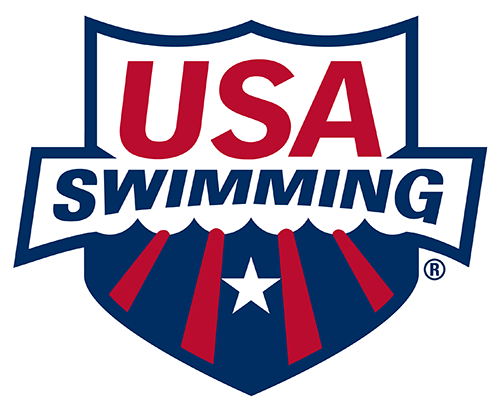When Amanda Acuna’s daughter was a baby, one minute her girl was eating Cheerios in her high chair and quick-as-a-wink, the next minute, her daughter was choking.
“I thankfully was able to quickly draw on specific choking management strategies I had learned in a CPR class,” Acuna recalls. “I was able to perform a series of back blows to dislodge the Cheerio.”
The hope is that we’ll never be put in the scary position of having to save a baby’s life, but the truth is there are many quick-as-a wink situations that can and do happen. Babies can and do choke on food or slip under the water in a pool or a bath tub, the list goes on.
CPR stands for cardiopulmonary resuscitation and it is a lifesaving procedure you can perform when an accident happens. CPR is often used in drowning and drowning is the leading cause of death for children between the ages of 1 and 4 in Arizona.
In addition to being a mom who expertly helped her child in a choking situation she is a master aquatics instructor, lead StarGuard/ASHI Trainer and CPR instructor for SWIMkids USA.
Here are the top three things she says often surprise parents about CPR.
1) CPR for infants is different than CPR for adults and children!
“That’s because all three have a different body-size and lung-size,” explains Acuna. “It’s important to choose a course that provides training for all three: infant, child and adult CPR (like we provide at SWIMkids USA ).”
2) Most CPR classes will also have a part about choking strategy.
3) CPR DOUBLES a person’s chance of survival in an emergency.
“When someone has an emergency where their heart can’t pump blood through their body efficiently, cells begin to die and brain cells die within minutes, resulting in permanent damage after only 4-6 minutes,” Acuna explains. “With effective CPR, a rescuer can move oxygenated blood to the brain to help those brain cells stay alive.”
CPR makes a difference. Be the one who makes a difference.
SWIMkids USA has a mission to save lives, and family education is a part of that. We encourage every family to provide layers of protection against drowning. These layers include supervision, barriers (like pool fences), swimming lessons, and CPR. Drowning incidents leading in death are greatly reduced when more layers of protection are in place. This is why we offer drowning prevention education, survival swimming lessons, and CPR classes.










